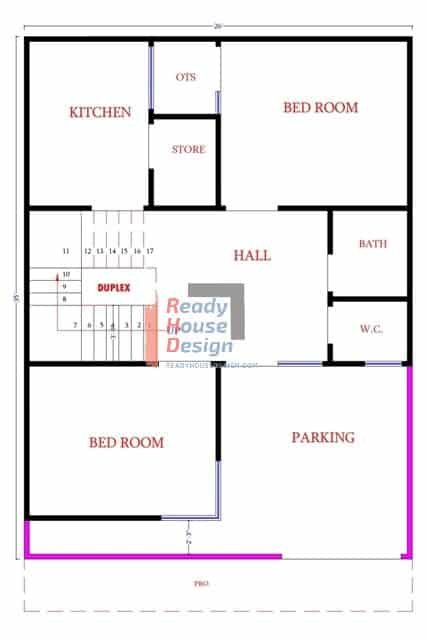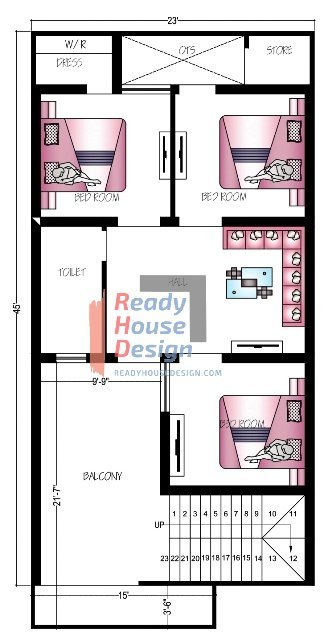
Ventilation tips in floor plan
Mastering Ventilation in Floor Plans: A Breath of Fresh Air
Introduction:
Effective ventilation is the unsung hero of a well-designed home. This article delves into ventilation tips for your floor plan, ensuring a healthier, more comfortable living space.
1. Understanding the Significance of Ventilation:
Explore why proper ventilation is essential for maintaining indoor air quality and overall well-being.

2. Types of Ventilation Systems:
Learn about natural ventilation, mechanical ventilation, and hybrid systems to determine the best fit for your home.
3. Cross-Ventilation: The Key to Fresh Air:
Discover the concept of cross-ventilation and how it can keep your home cool and airy.
4. Window Placement and Sizing:
Get insights into where and how large your windows should be for optimal airflow.
5. Ventilation Ducts and Pathways:
Understand the importance of ducts and pathways in maintaining air circulation.
6. The Role of Exhaust Fans:
Explore how exhaust fans contribute to removing stale air and moisture, especially in bathrooms and kitchens.
7. Passive Design Strategies for Natural Ventilation:
Learn about passive design techniques that harness natural forces for ventilation.

8. Ventilation in Specific Rooms:
Tailor ventilation solutions to specific spaces like bedrooms, living rooms, and home offices.
9. Energy Efficiency and Ventilation:
Find out how to balance ventilation with energy efficiency in your home.
10. Maintenance and Air Quality:
Learn the importance of regular maintenance in ensuring your ventilation system continues to work effectively.
Bullet Points for Clarity:
- Proper ventilation is vital for indoor air quality and well-being.
- Types of ventilation systems: natural, mechanical, and hybrid.
- Cross-ventilation utilizes wind pressure to keep homes cool.
- Window placement, sizing, and ventilation pathways matter.
- Exhaust fans are essential in areas prone to moisture.
- Passive design techniques enhance natural ventilation.
- Tailor ventilation strategies for specific rooms.
- Balance energy efficiency with effective ventilation.
- Regular maintenance ensures clean and fresh indoor air.
Frequently Asked Questions (FAQs):
- Why is ventilation important in a home’s floor plan?
- Ventilation is crucial for maintaining good indoor air quality and overall well-being.
- What are the different types of ventilation systems?
- There are natural, mechanical, and hybrid ventilation systems to choose from.
- How does cross-ventilation work, and why is it beneficial?
- Cross-ventilation utilizes wind pressure to keep your home cool and fresh.
- What role do exhaust fans play in ventilation?
- Exhaust fans are crucial in areas like bathrooms and kitchens to remove moisture and stale air.
- How can I ensure that my ventilation system is energy-efficient?
- Balancing energy efficiency with effective ventilation can be achieved through thoughtful design.

